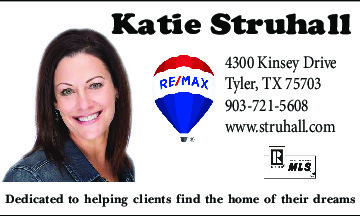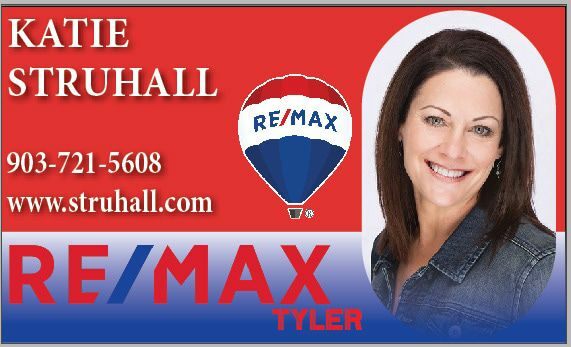Matt's money: Choosing a retirement plan that fits your business
A recent survey found that 79 percent of small business owners expect at least some of their retirement income to come from tax-advantaged retirement savings accounts.
If you have yet to develop a retirement plan for your business, or if you’re not sure the plan you’ve chosen is the right one, here are some things to consider.
How much can my business afford to contribute? The cost of contributions may be managed by the plan type.
A simplified employee pension plan (SEP) is funded by employer contributions only. SEP contributions are made to separate IRAs for eligible employees.
Savings Incentive Match Plan for Employees of Small Employers (SIMPLE) IRAs blend employee and employer contributions. Employers either match employee contributions up to 100 percent of the first 3 percent of compensation, or contribute 2 percent of each eligible employee’s compensation.
A 401(k) is primarily funded by the employee; the employer can choose to make additional contributions, including matching contributions.
A defined benefit plan is entirely funded by employer contributions.
What plan accommodates high employee turnover?
The cost of covering short-tenured employees may be reduced by eligibility requirements and vesting. With the SEP-IRA, only employees who are at least 21 years old and have been employed in three of the last five years must be covered.
The SIMPLE IRA must cover employees who have earned at least $5,000 in any prior two years and are reasonably expected to earn $5,000 in the current year.
The 401(k) and defined benefit plan must cover all employees who are at least 21 years of age and who worked at least 1,000 hours in a previous year.
Vesting is immediate on all contributions to the SEP-IRA, SIMPLE IRA and 401(k) employee deferrals, while a vesting schedule may apply to 401(k) employer contributions and defined benefits.
Do I want to maximize contributions for myself (and my spouse)?
The SEP-IRA and 401(k) offer higher contribution maximums than the SIMPLE IRA. For those business owners who are starting late, a defined benefit plan may offer even higher levels of allowable contributions.
My priority is to keep administration easy and inexpensive.
The SEP-IRA and SIMPLE IRA are straightforward to establish and maintain. The 401(k) can be more onerous, but complicated testing may be eliminated by using a Safe Harbor 401(k). Generally, the defined benefit plan is the most complicated and expensive to establish and maintain of all plan choices.
Securities offered through Royal Alliance Associates, Inc. Member FINRA, SIPC. Advisory services offered through Matt Montgomery, a Registered Investment Advisor not affiliated with Royal Alliance Associates, Inc., 1504 East Rusk, Jacksonville, Texas, 903-586-3494, *An Index is a portfolio of specific securities (common examples are S&P, DJIA, NASDAQ), the performance of which is used as a benchmark in judging the relative performance of certain asset classes. Indexes are unmanaged portfolios and investors cannot invest directly in an index. Past performance is not indicative of future results.
Please support The Cherokeean Herald by subscribing today!
You may also like:







